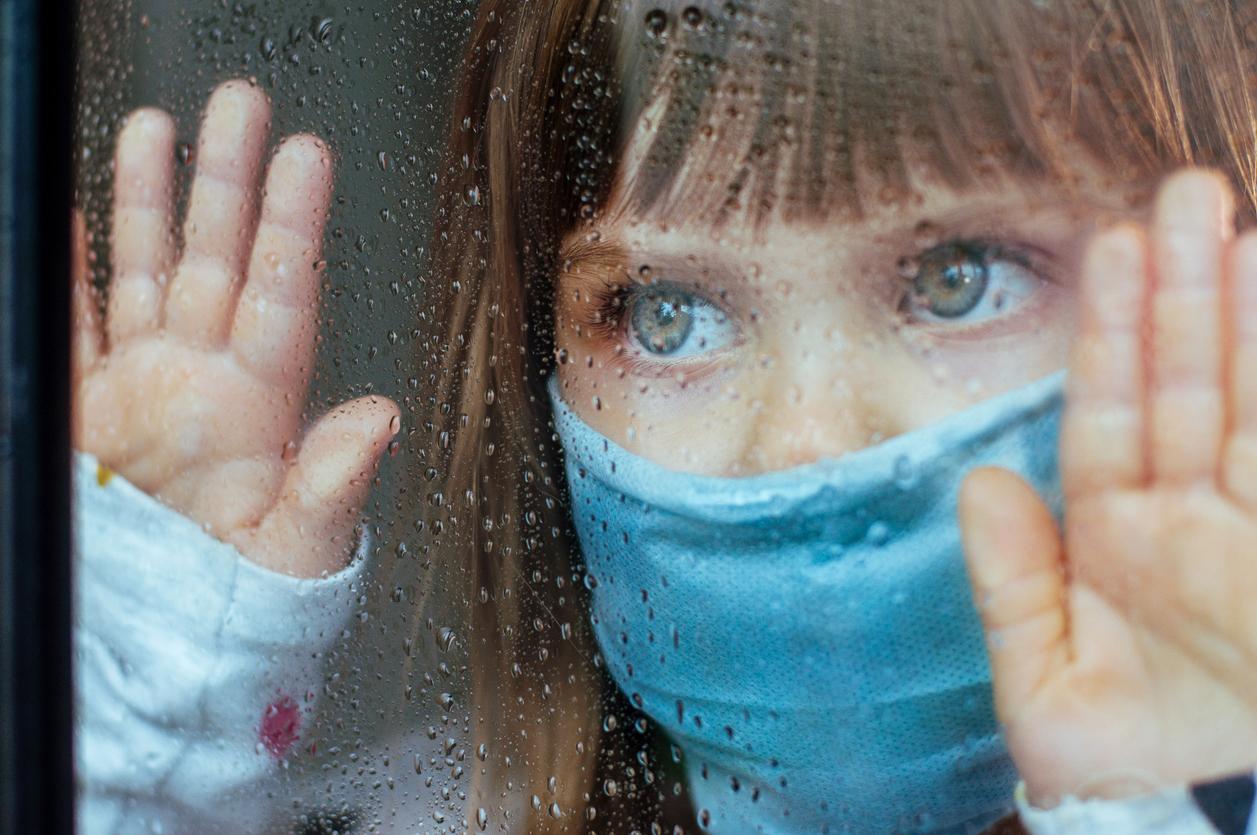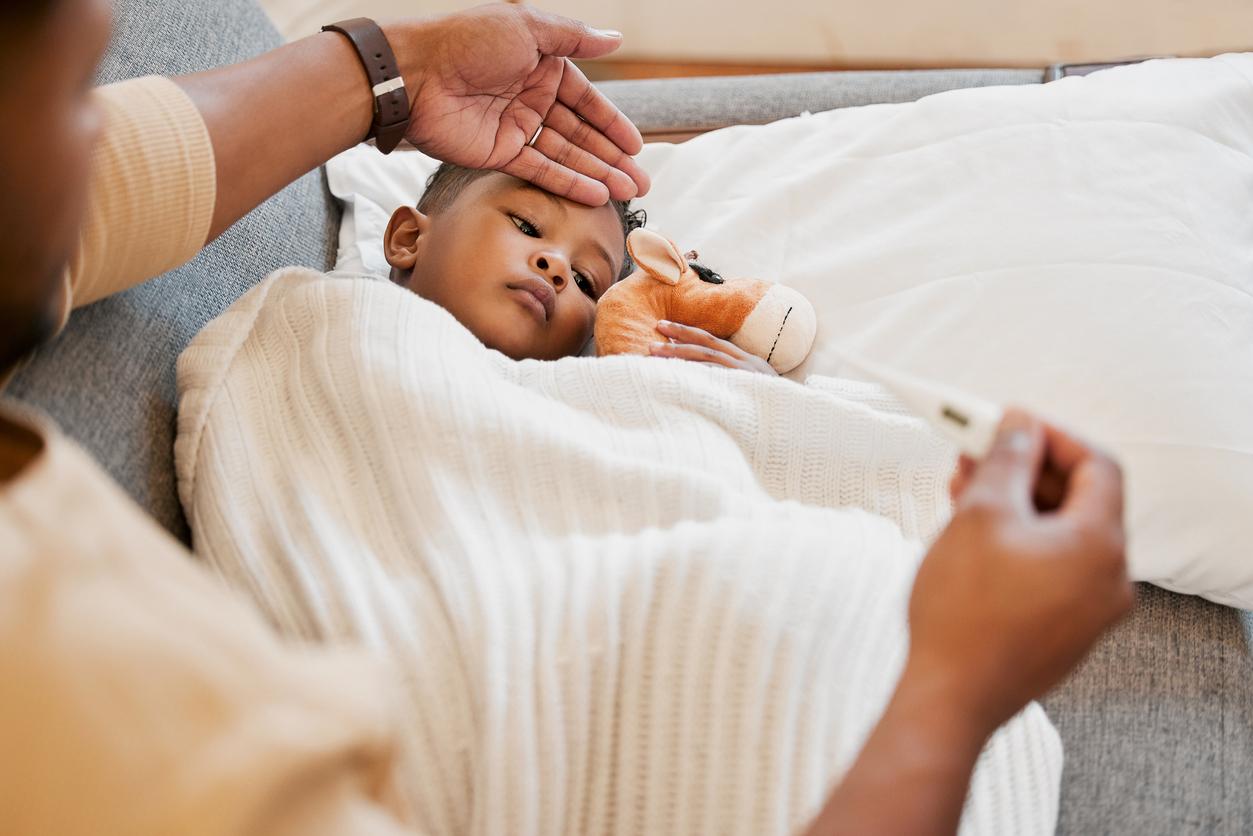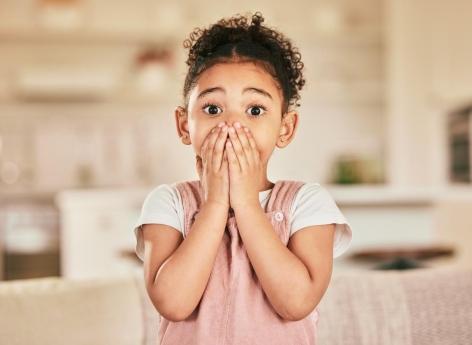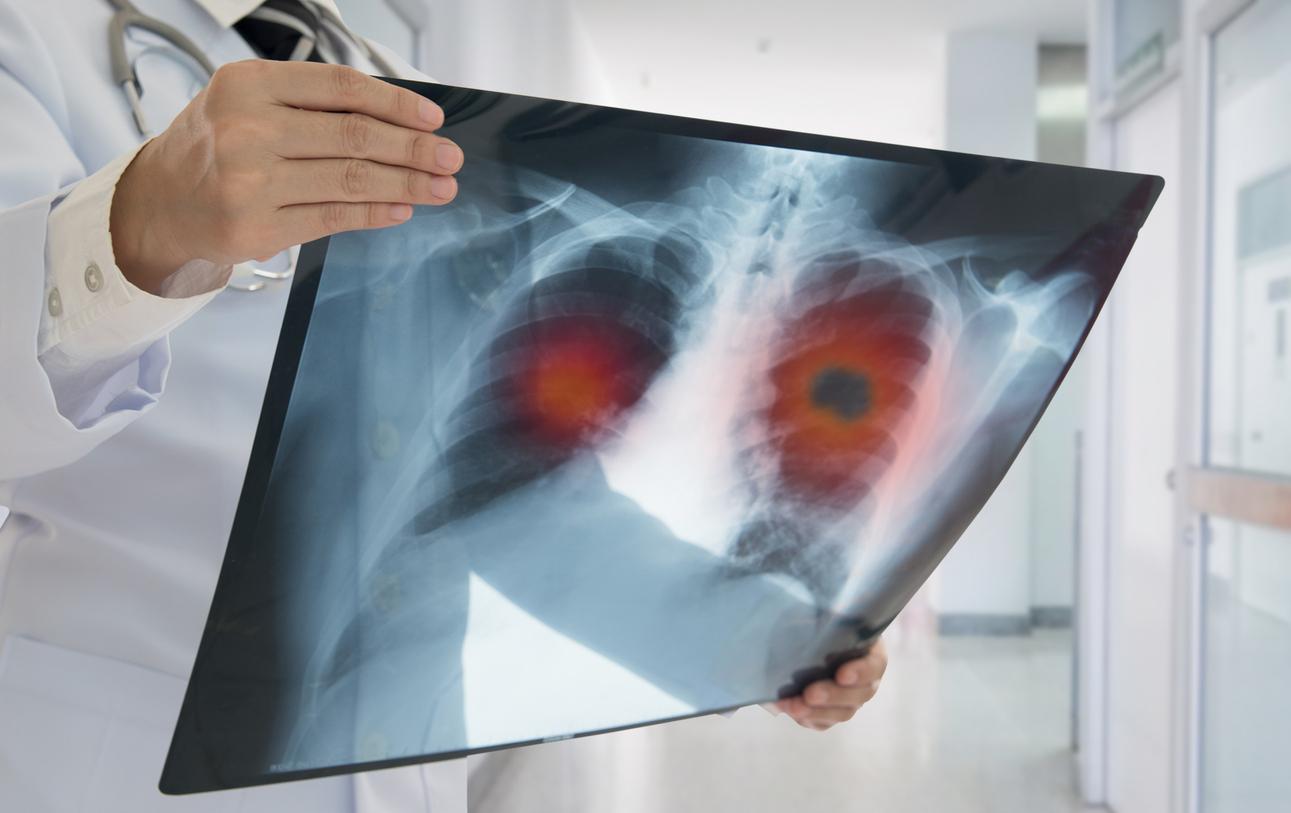Should we live near green spaces to preserve children’s lungs? Yes, according to Norwegian researchers who recently looked into the question.

As parents or future parents, it is natural to wish the best for your child. And his health is paramount. This is why many families with young children choose to go green and leave the big cities to escape the pollution, which is responsible for many respiratory diseases.
But does living near green spaces have a real impact on the respiratory health of our children? This question was asked by researchers from theHaukeland University Hospital (Norway) who presented their work during the Congress ofEuropean Respiratory Society which took place this week in Paris.
The researchers analyzed data from 5,415 participants aged 18 to 52 from Iceland, Norway, Sweden and Estonia. The study also collects information on exposure to air pollution from birth to age 18, in particular through measurements of exposure to fine particulate matter (PM2.5 and PM10) and nitrogen dioxide (NO2) in 4,414 participants.
29% lower risk of developing respiratory diseases
The authors and actresses of this work observed the health data of the participants in order to determine the subjects who suffered from respiratory disorders such as wheezing, chronic cough, asthma occurring after the age of 10 years and lhas a feeling of tightness in the chest when you wake up.
Their results showed that adults who lived near green spaces as children were less likely to develop these disorders. respiratory. Conversely, children exposed to fine particles on a daily basis are more exposed to respiratory diseases in adulthood.
“These are preliminary results but we found that exposure to green spaces in childhood was associated with fewer respiratory symptoms in adulthood, while exposure to air pollutants in childhood was associated. to more respiratory symptoms in adulthood, ”explains Ingrid Nordeide Kuiper, lead actress of the study.
In Estonia, people who regularly walked in green spaces before the age of ten were 71% less likely to develop wheezing. On average, people have a 29% reduced risk of developing respiratory symptoms between the ages of 11 and 18.
“We need to analyze these results in more detail before drawing firm conclusions. However, it is possible that our results will allow us to significantly expand our long-term knowledge of the effects of air pollution. and green spaces “, concludes Ingrid Nordeide Kuiper.
.















